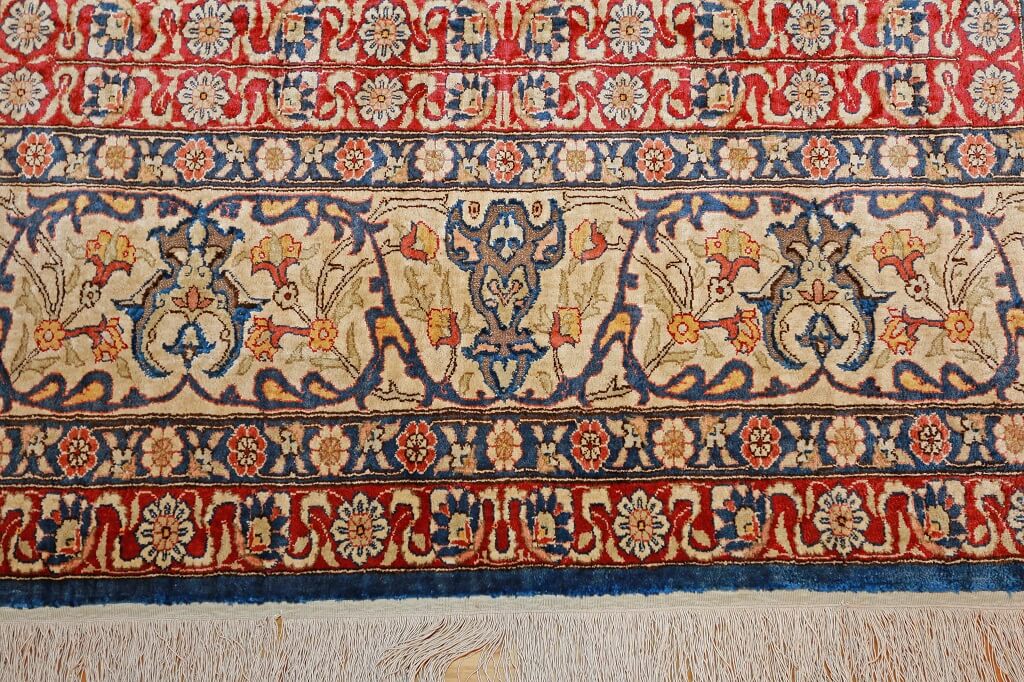
PHÖNIX GALLERY
Tobias R. Brill

PHÖNIX GALLERY
Tobias R. Brill

For years, one of the most outstanding art forms in the Phoenix Gallery has been carpet knotting. Persian carpets from Iran (formerly Persia) enjoy the highest reputation of all hand-knotted carpets. No region looks back on a comparably long tradition in carpet knotting as Iran. Thus, the finest, noblest and most elaborate carpets come from there. The robustness, durability and quality of the Persian knot are still unsurpassed today. Persian carpets are usually named after their region of origin. For example, a Nain, a Ghom or even an Isfahan carpet comes from the respective city of the same name in Iran. The materials of the carpets in the Phoenix Gallery are usually silk or cork wool or a mixture thereof. Our carpets were knotted by the best carpet masters in Iran, sometimes in years of devoted work.
Exceptional carpets of special quality we sometimes have from Turkey or China.
A renowned expert for oriental carpets appraises all carpets in our gallery and every buyer receives the corresponding appraisal for his carpet.

Pure silk is one of the most luxurious natural materials. Its combination of fineness and robustness is unbeaten among textile fibres. Even today, silk is an expression of high luxury. The caterpillar of the silk moth butterfly produces silk during the construction of its cocoon. This natural silk is then elaborately extracted by hand and woven into fibres. Silk has an unmistakable sheen that is noticeable from a distance. It varies in beautiful facets depending on the incidence of light. At the same time, pure silk is extraordinarily soft, wrinkle-resistant, heat-insulating and wonderfully comfortable underfoot.
Traditionally hand-knotted carpets still represent the highest quality standard among all types of carpets. Depending on the type of knot, carpets are extremely durable and can last for generations. The finer and tighter a carpet is knotted, the more detailed ornaments and patterns can be depicted on the weave. At the same time, a very fine oriental carpet requires a significantly higher manual effort as well as a higher level of experience and skill on the part of the weaver. Thus, the knot density also serves as a significant value factor of hand-knotted carpets. The quality is not directly related to the knotting density. Even a rather coarse carpet may well have been made in excellent quality. Rarely does a carpet in the Phönix Gallery have less than 1 million knots per square meter.